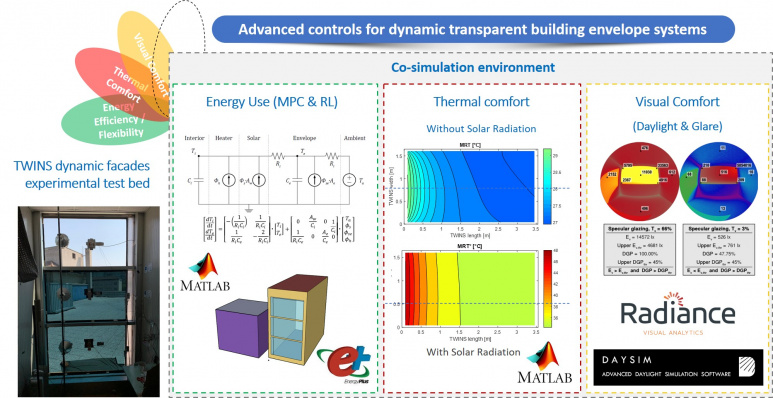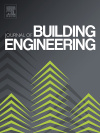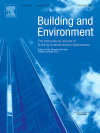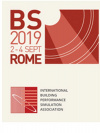Advanced control for active and responsive envelope components
This research activity involves Capozzoli Alfonso, Favoino Fabio
(see our Collaborations page to find out the main collaborations active on these research topics)

| Objectives of the activity:
Framework of the activity: Dynamic building envelope components, if properly integrated and operated, can significantly contribute towards the achievement of decarbonization targets while maintaining high levels of environmental comfort in the built environment (thermal, daylight, aural comfort and IAQ) . The improvement of everchanging building performance targets, though, is highly dependent on the control strategies adopted. Rule Based Controllers are by far the most adopted control option in the market. These are based on simple “if-then” rules adopting single or multiple fixed pre-determined set-points, relative to limited measurements of environmental boundary conditions. Model based control, on the other side, offers the possibility to predict the effect of the control action on the indoor environment, thus enabling a direct prediction of the building performance indicators to be optimized by the controller. Nevertheless, real-world implementation of advanced control strategies such as Model Predictive Control would involve a higher cost compared to RBC ones, as well as a bigger challenge in ensuring the predicted performance. Within this framework, the research activities on advanced building envelope controls articulate in the following main streams:
The above mentioned activities are carried out in the framework of national and international research projects.
Figure: Co-simulation environment for the assessment of advanced control logic effectiveness from different points of view Relevant publications on this topic:
|





